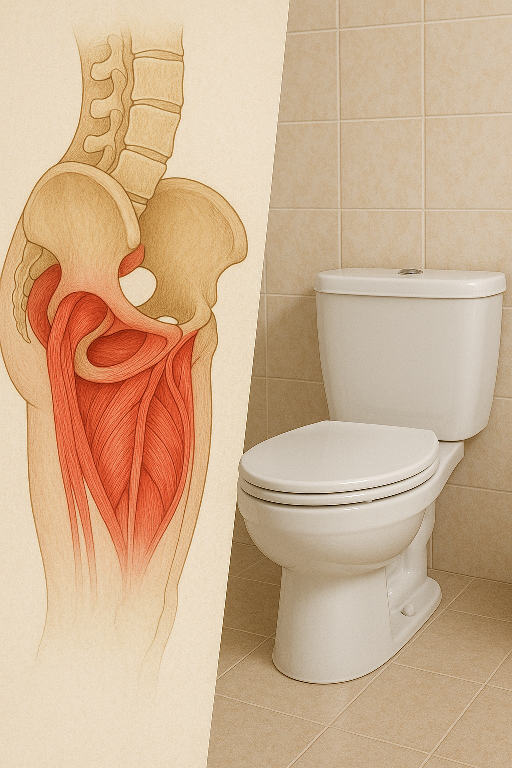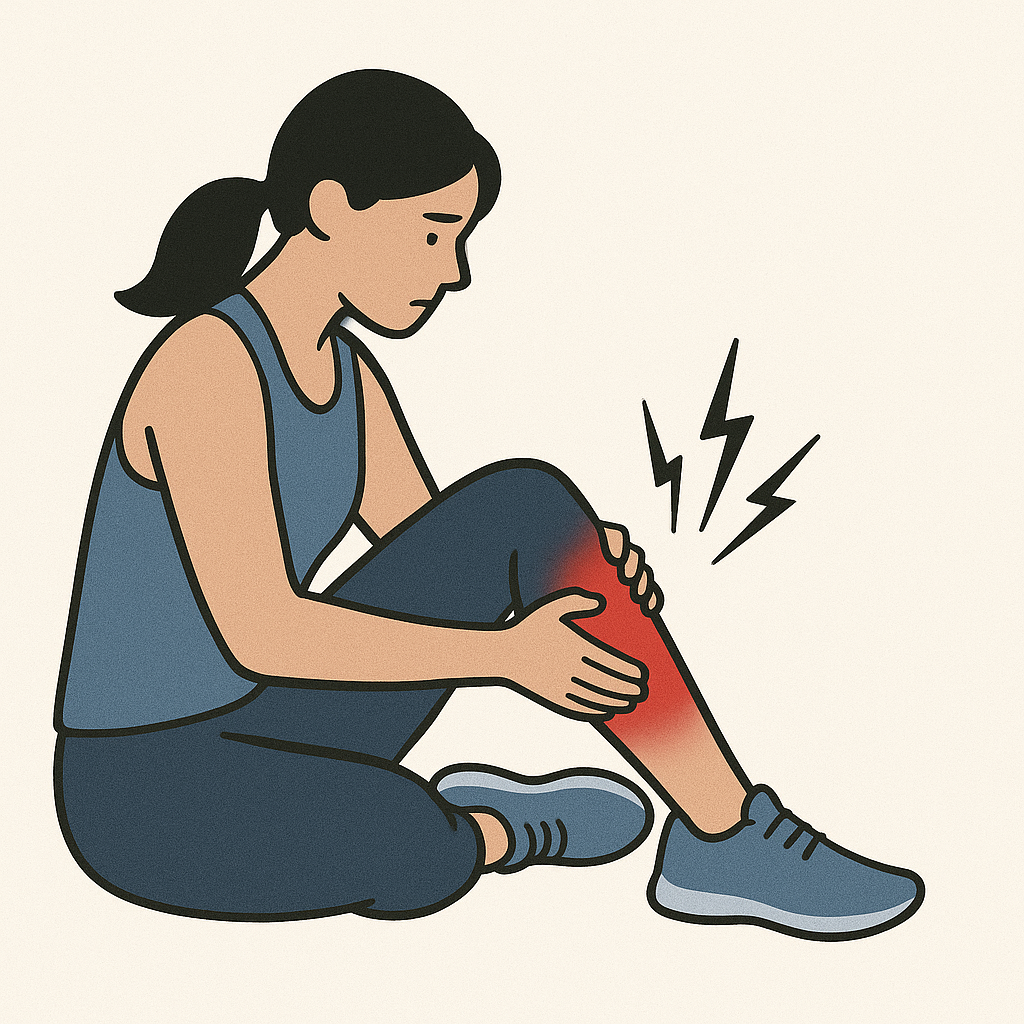
Healthy Toilet Habits to Protect Your Pelvic Floor
You Probably Don’t Think About How You Use the Bathroom — But You Should
Chances are, you don’t think much about using the bathroom! Most people simply go when they need to—without realizing that their toilet habits directly affect their pelvic floor health.
Your pelvic floor muscles play a crucial role in your well-being. They support your bladder, bowel, and reproductive organs while also helping with bladder and bowel control. One of the simplest yet most overlooked ways to care for these muscles is by adopting healthy bathroom habits.
Here are a few key ways to protect your pelvic floor every day.
1. Foster a Good Bathroom Routine Your body thrives on routine—especially your bowels. By establishing consistent habits, you can promote regular bowel movements and avoid unnecessary strain. Try these tips: Go early: Aim to have a bowel movement within 30 minutes of waking up. If that’s not your norm, drink a warm cup of water or tea to help stimulate your bowels. Use a footstool: Elevate your feet so your knees are slightly higher than your hips when sitting on the toilet. This position encourages smoother bowel movements with less effort. Relax your pelvic floor: Tension makes it harder to pass urine or stool. Try deep breathing or light distraction, but avoid sitting on the toilet longer than 10 minutes if nothing is happening.
2. Avoid Straining Straining can put excessive pressure on your pelvic floor muscles, leading to issues like hemorrhoids, anal fissures, or even pelvic organ prolapse over time. How to reduce strain: Stay hydrated: Drink enough water throughout the day to keep stools soft. Eat fiber-rich foods: Include fruits, vegetables, whole grains, and legumes in your diet. Optimize your position: Keep using that small footstool for better alignment. Address incomplete emptying: If you feel like you haven’t finished, stand up, do a few pelvic tilts, and try again later.
3. Take Your Time Rushing through your bathroom routine can lead to incomplete emptying of your bladder or bowel. Give yourself enough time to relax and let your body do its job. Tip: Spend no more than 10 minutes trying—if it’s taking longer, take a break and come back later.
4. Listen to Your Body When your body signals it’s time to go, don’t ignore it. Holding in urine or stool can cause bloating, gas, and discomfort, and may even disrupt your natural elimination rhythm.
Protecting Your Pelvic Floor Starts with Small Habits
Your pelvic floor plays a vital role in your daily comfort and health. By maintaining healthy toilet habits—creating a routine, avoiding strain, taking your time, and responding to your body—you can prevent pelvic floor dysfunction and promote long-term wellness.
If you experience pain, leakage, or difficulty with bowel or bladder control, consider seeing a pelvic health physiotherapist. They can assess your symptoms and create a personalized plan to help you regain confidence and comfort.
Reference:
American Physical Therapy Association (APTA) – Pelvic Health Section.
https://www.aptapelvichealth.org/
Mayo Clinic. Constipation – Symptoms & Causes.
https://www.mayoclinic.org/diseases-conditions/constipation
Harvard Health Publishing. Healthy toilet habits for better bowel movements.
https://www.health.harvard.edu







